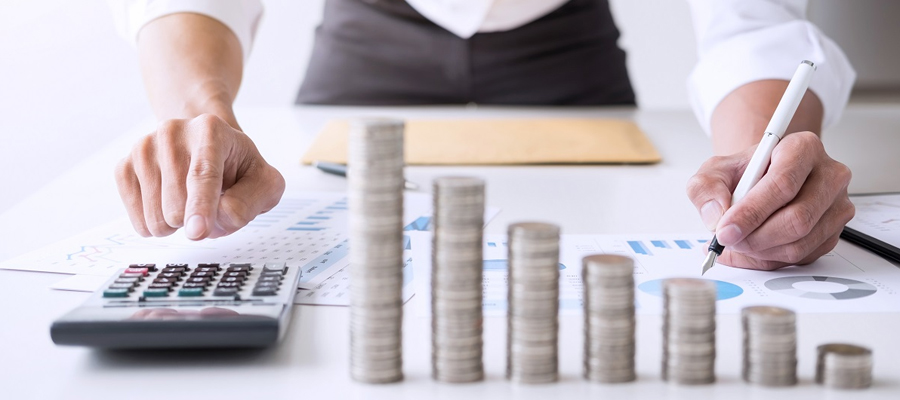VAT Accounting Services
- Home
- Service Details

Vat Accounting kick starts from the VAT registration of an entity from FTA. it has to go through a clear-cut process compute VAT, Submit the VAT Return and Finally settle the Vat amount to Federal Tax Authority.
In the UAE, Value Added Tax (VAT) was introduced on January 1, 2018. VAT is a consumption tax that is levied on the supply of goods and services. If your business's taxable supplies and imports exceed a certain threshold, you are required to register for VAT.
- Basic steps for VAT accounting in the UAE
Check if your business meets the threshold for mandatory registration. If so, register for VAT with the Federal Tax Authority (FTA).
Issuing Tax Invoices Issue tax invoices for all taxable supplies. Invoices should include specific details required by the FTA.
Submit regular VAT returns to the FTA, usually on a quarterly basis. Ensure accurate reporting of your taxable supplies, imports, and input tax.
Keep track of both input tax (VAT you've paid on purchases) and output tax (VAT you've charged on sales). The difference is what you either owe or can reclaim.
Maintain detailed records of all transactions, including invoices, receipts, and other relevant documents. Retain these records for at least 5 years.
Pay any VAT owed to the FTA by the specified deadline. Late payments may incur penalties.
Stay informed about any changes in VAT regulations and ensure ongoing compliance with the FTA requirements.
Frequently Asked Questions
-
What is VAT?
A type of indirect tax is value-added tax, or VAT. It may also occasionally be referred to as a general consumption tax. VAT is imposed on the majority of supplies of goods and services that are bought and sold in a country that levies it.
One of the most common forms of consumption tax in use today is the value-added tax (VAT). VAT (or its equivalent, the Goods and Services Tax) is in effect in more than 150 countries, including Singapore, Malaysia, New Zealand, Canada, Australia, and all 29 members of the European Union.
At every stage of the "supply chain," VAT is applied. In most cases, businesses collect and account for the VAT, so serving as a tax collector on behalf of ultimate consumers, who incur the expense of the tax. -
2. What distinguishes sales tax from value-added tax?
Similar to VAT, a sales tax is a consumption tax as well. There are some significant distinctions between the two forms of taxation, even if the general public may not be able to see them. Sales taxes are only levied on transactions involving commodities in certain countries. Furthermore, sales tax is only levied at the point of sale to the customer. In comparison, value-added tax (VAT) is levied on products and services at every stage of the supply chain, including the ultimate sale.
-
3.What are the different what rates in UAE ?
There are 3 Types of Rates:
1 Standard Rate charged at 5%
All The goods and services are included in the Standard VAT rate of 5%, except for the items of Zero Rated and exempted supplies
2 Zero Rated VAT
The following are the Zero-rated products:
Exporting of goods and services to outside the GCC.
International and intra-GCC transport
Supplies for certain sea, air, and land means of transportation (such as aircraft and ships).
Supply of precious metals for investment (gold, silver, and platinum)
Newly constructed residential properties that are supplied for the first time within three years of their construction.
Supplying educational services, and healthcare services
The oil sector and the oil and gas derivatives sector (at the discretion of each member state)
3 Exempt Rated VAT
There is a difference between exempt-rated VAT and zero-rated VAT. Customers are not charged VAT in the case of exempted rated
VAT. The Supplier cannot refund input tax on expenditures incurred in manufacturing-exempt supplies.
The following will be considered under exempt rated VAT
Bare land
Residential Buildings (unless zero-rated)
Certain financial services
Local passenger transport
Copyright ©2023 Fastline Accounting. Designed By Big Brain Creation

